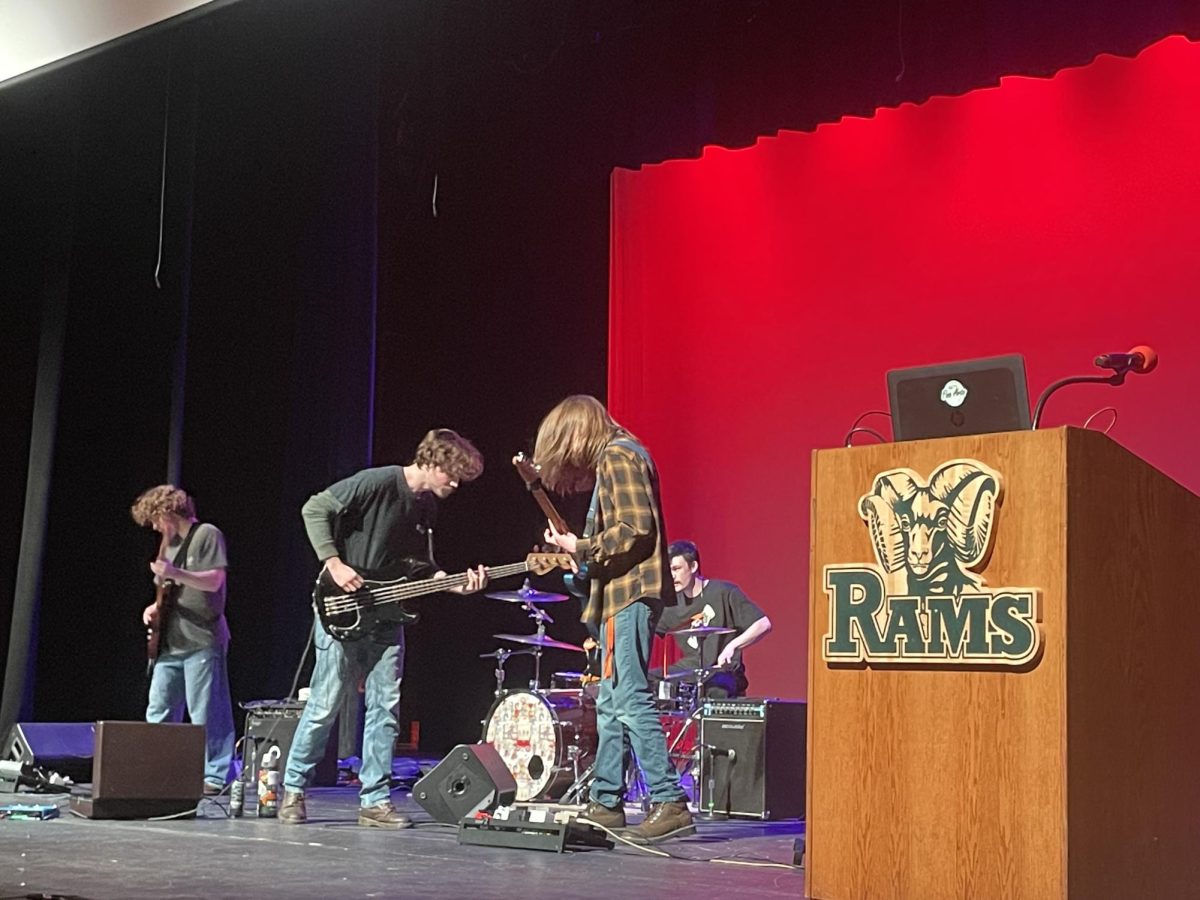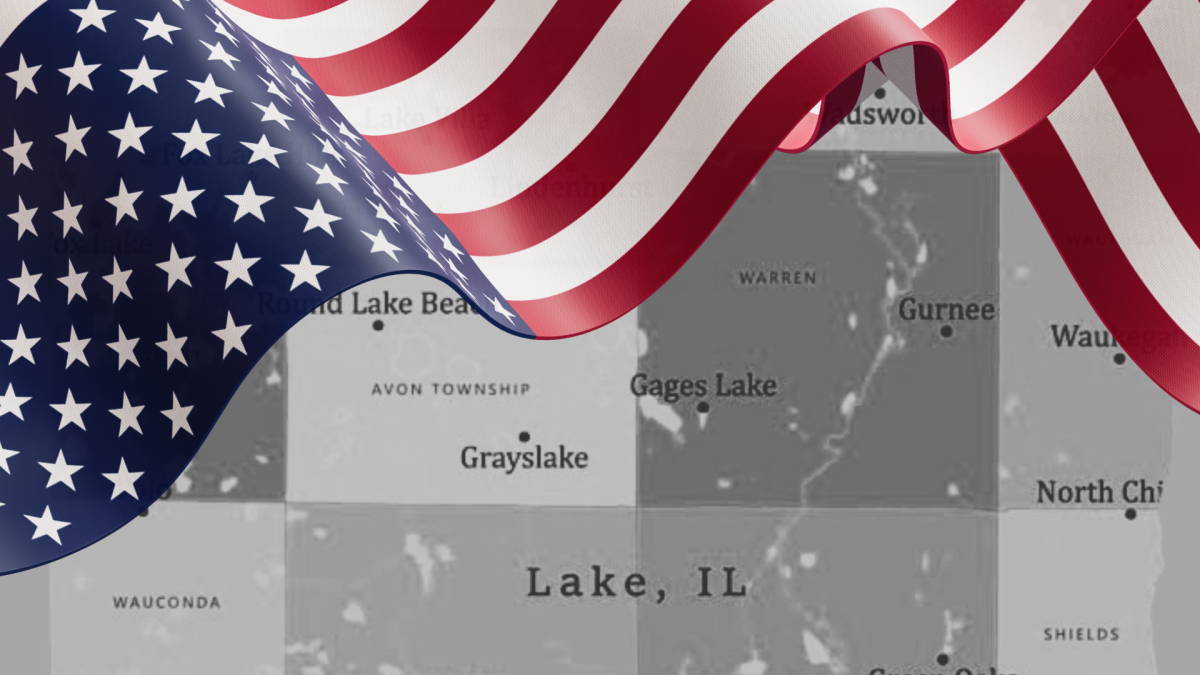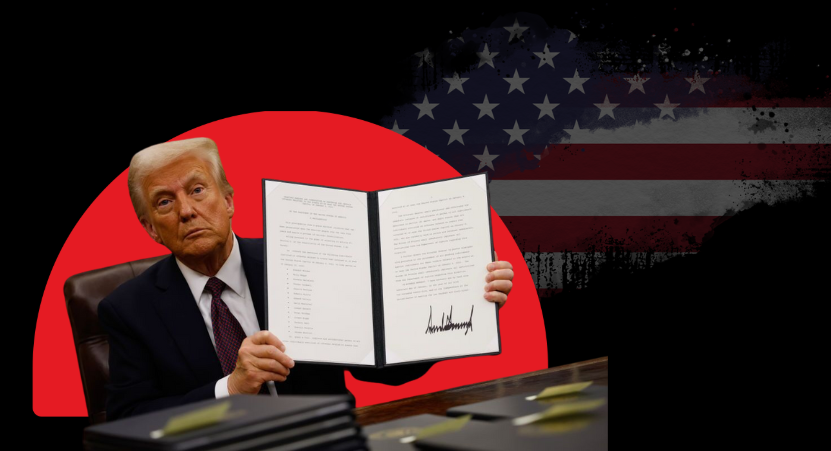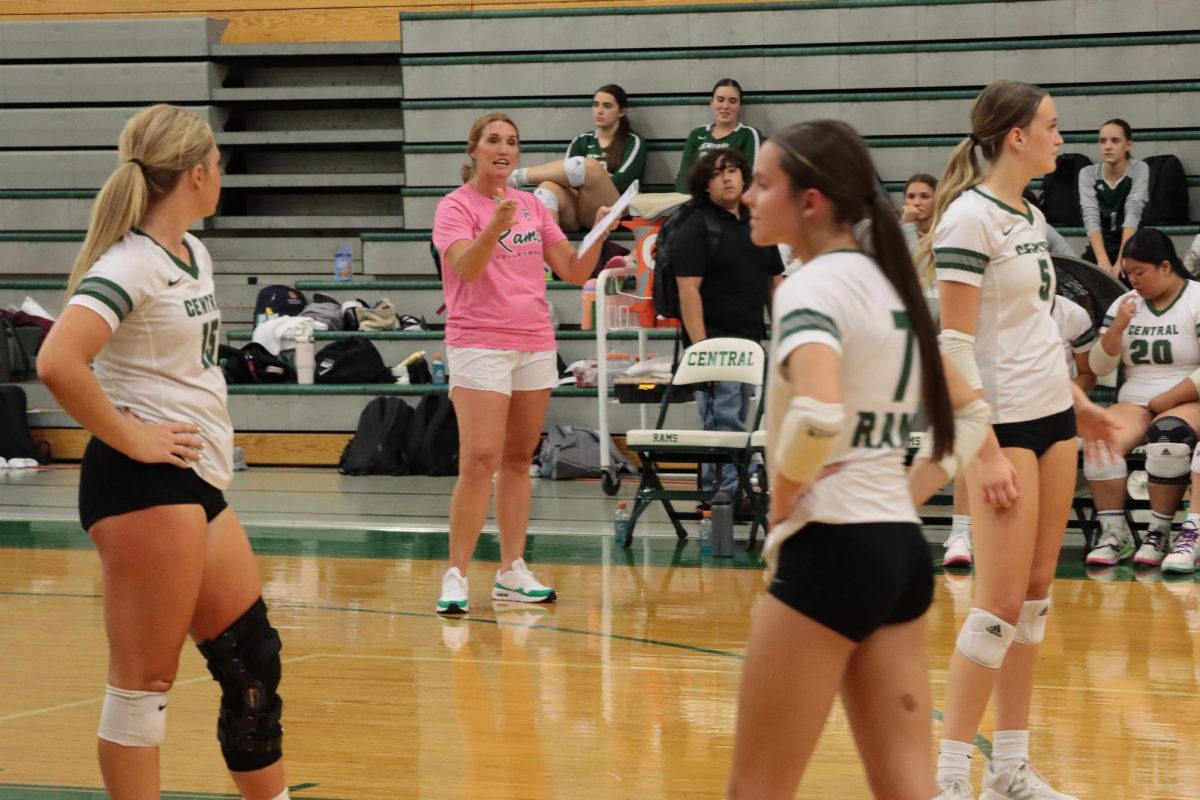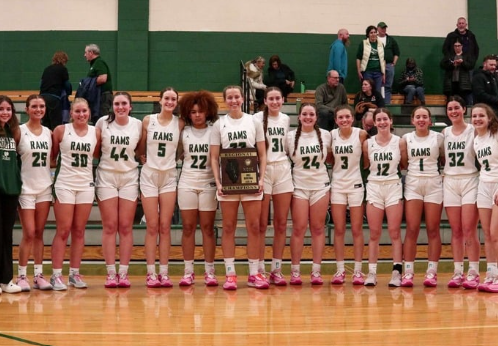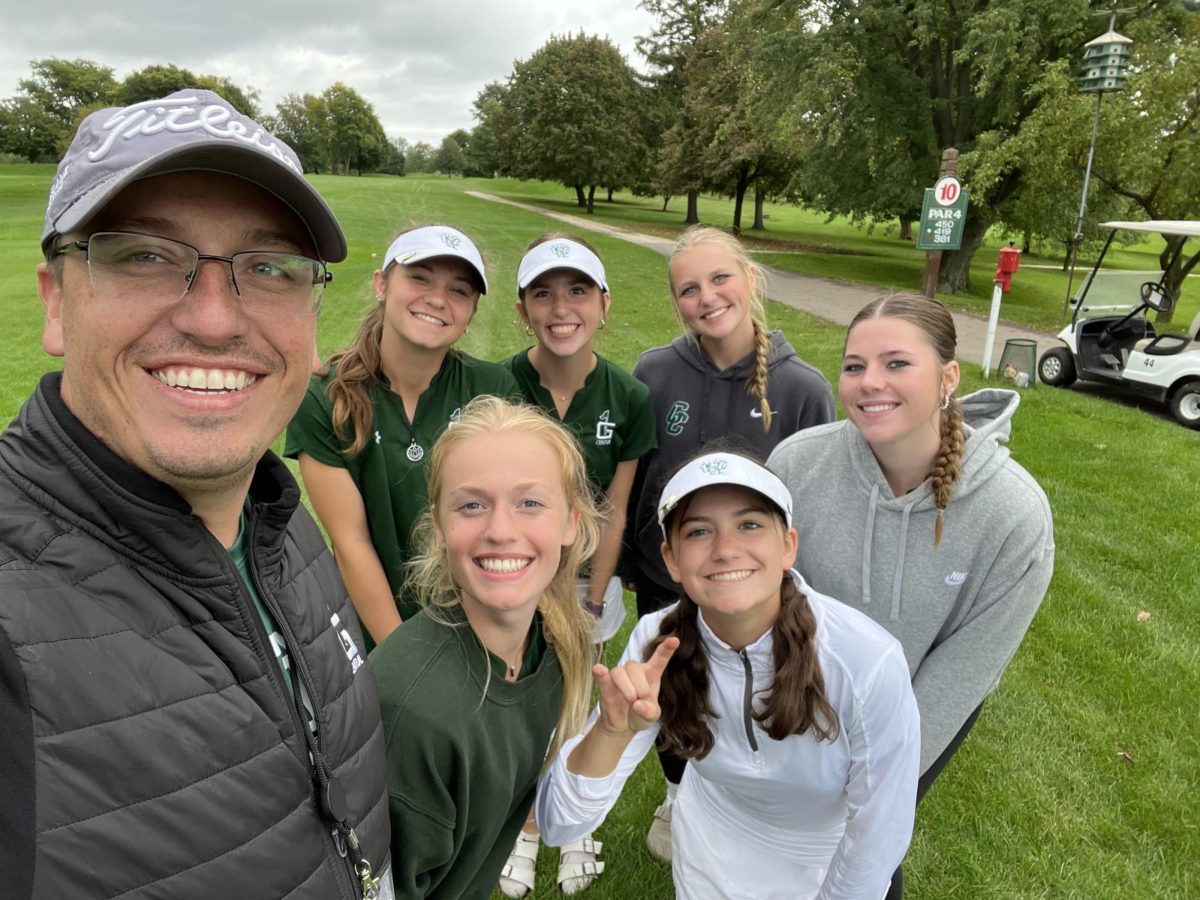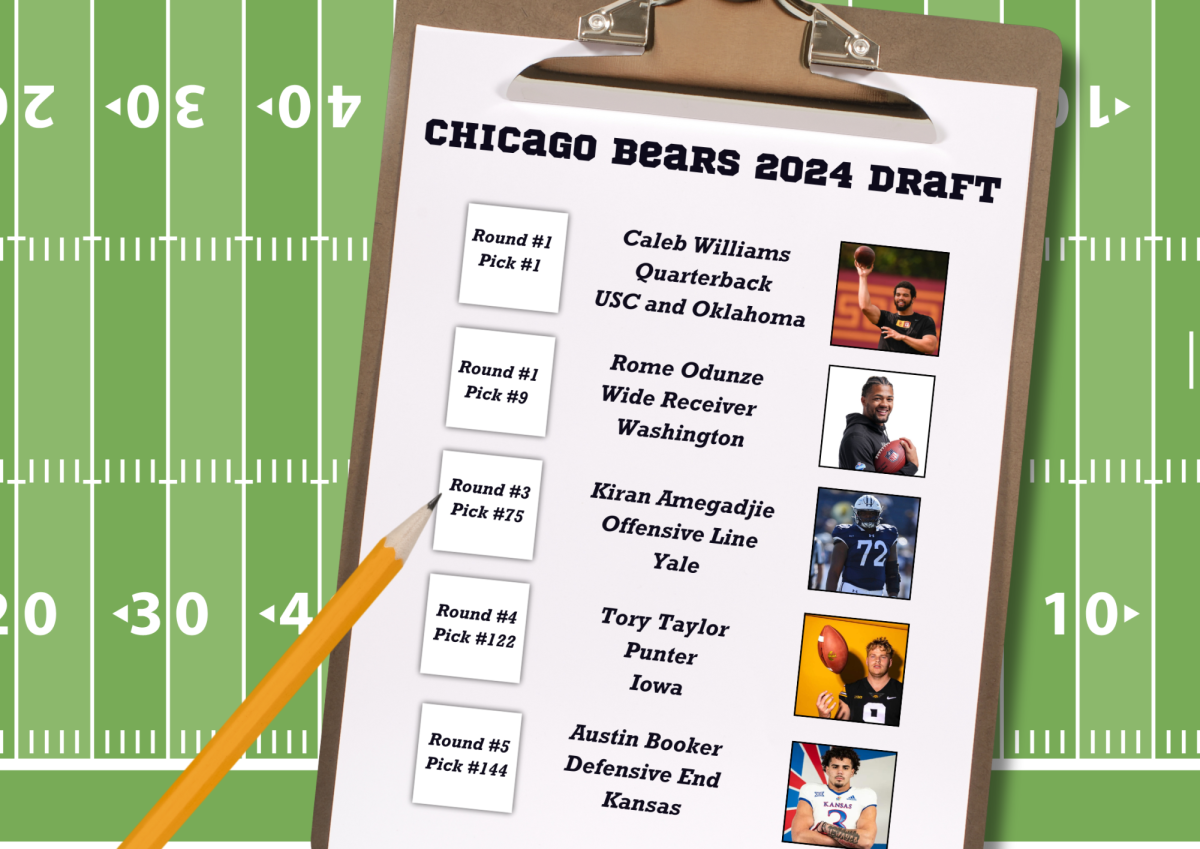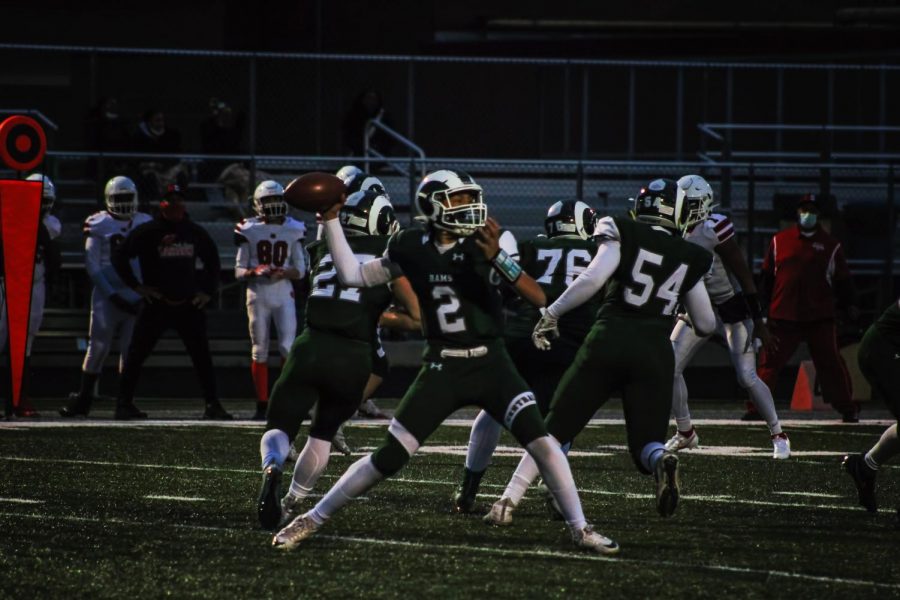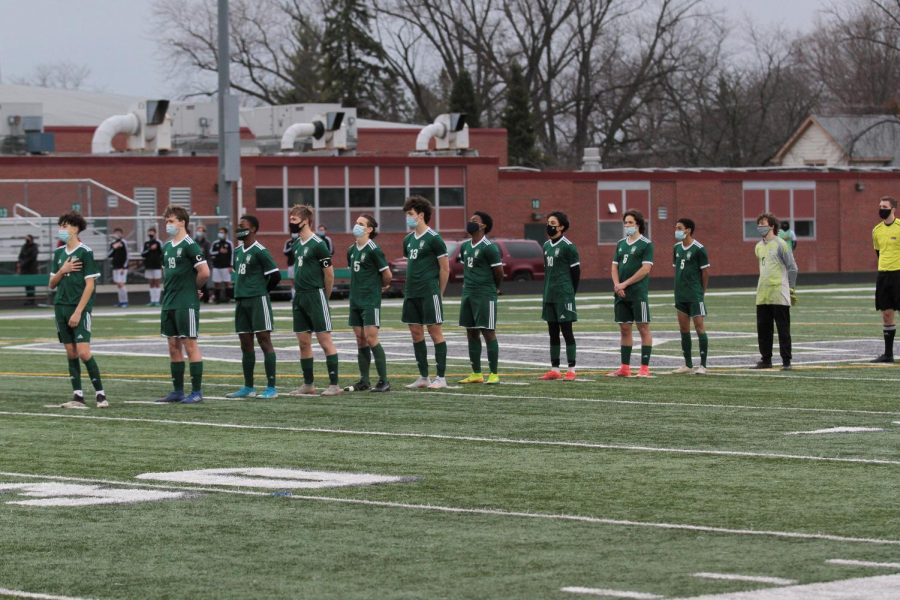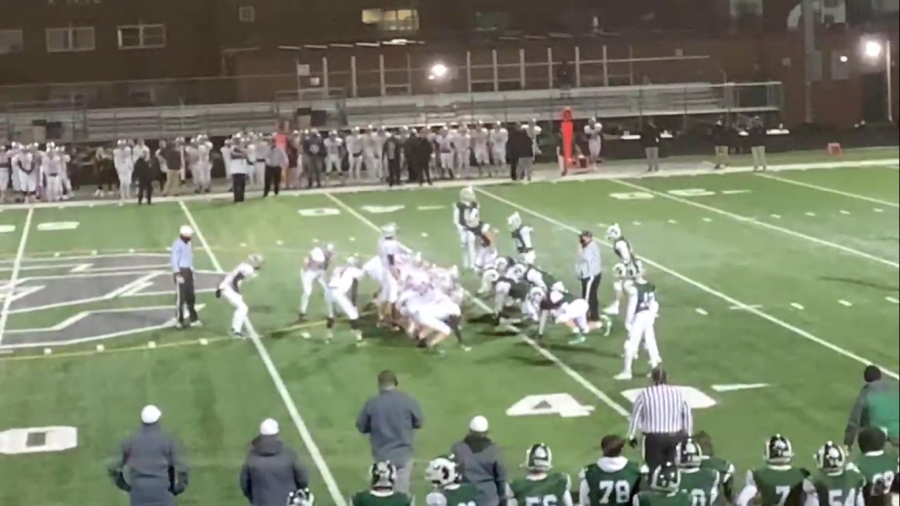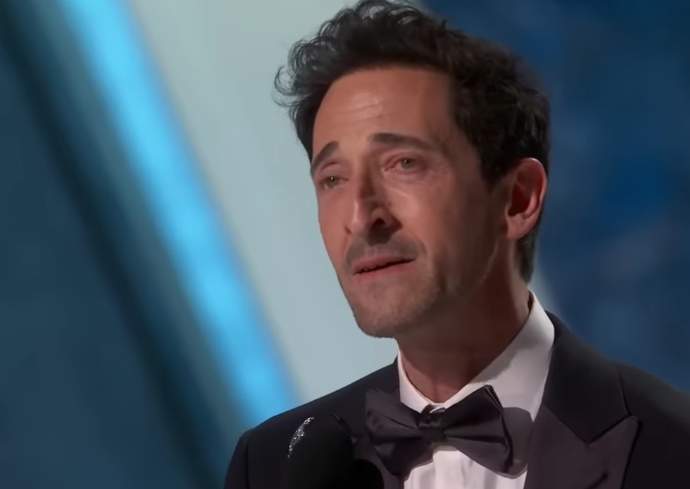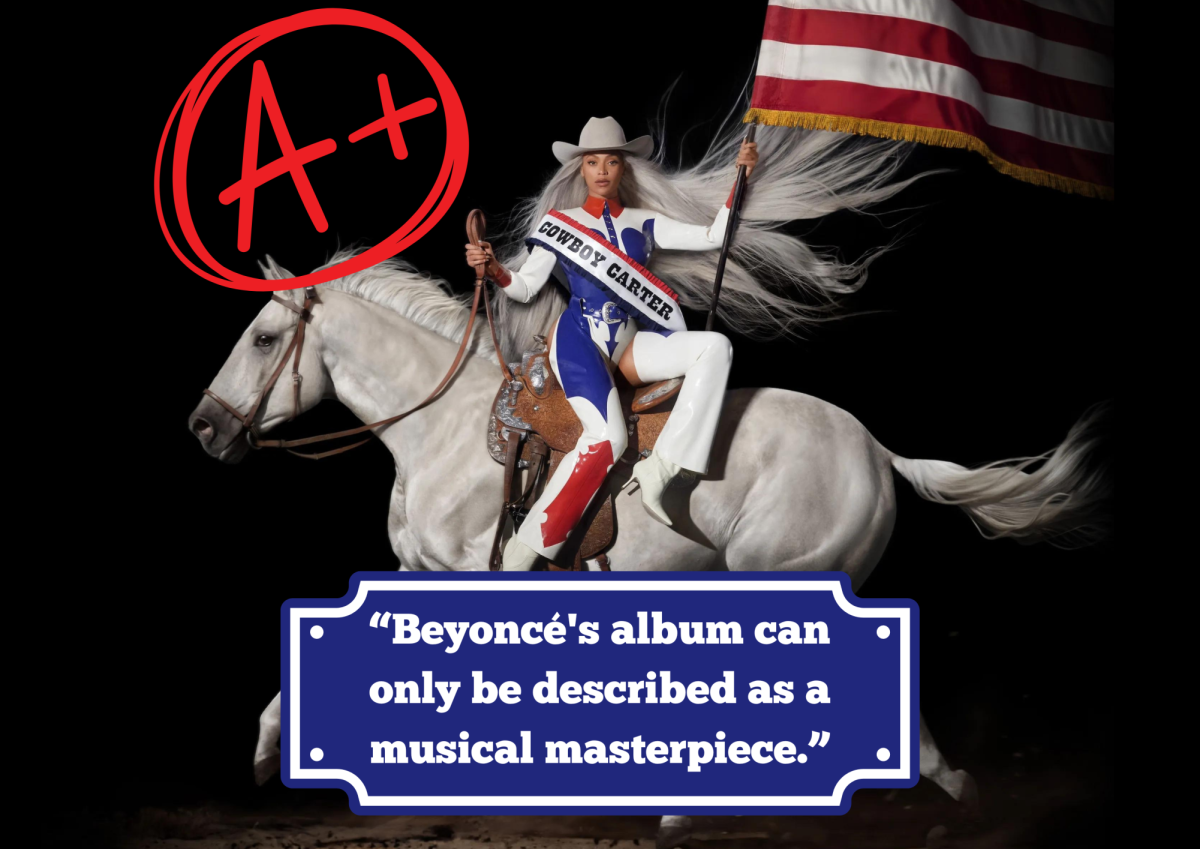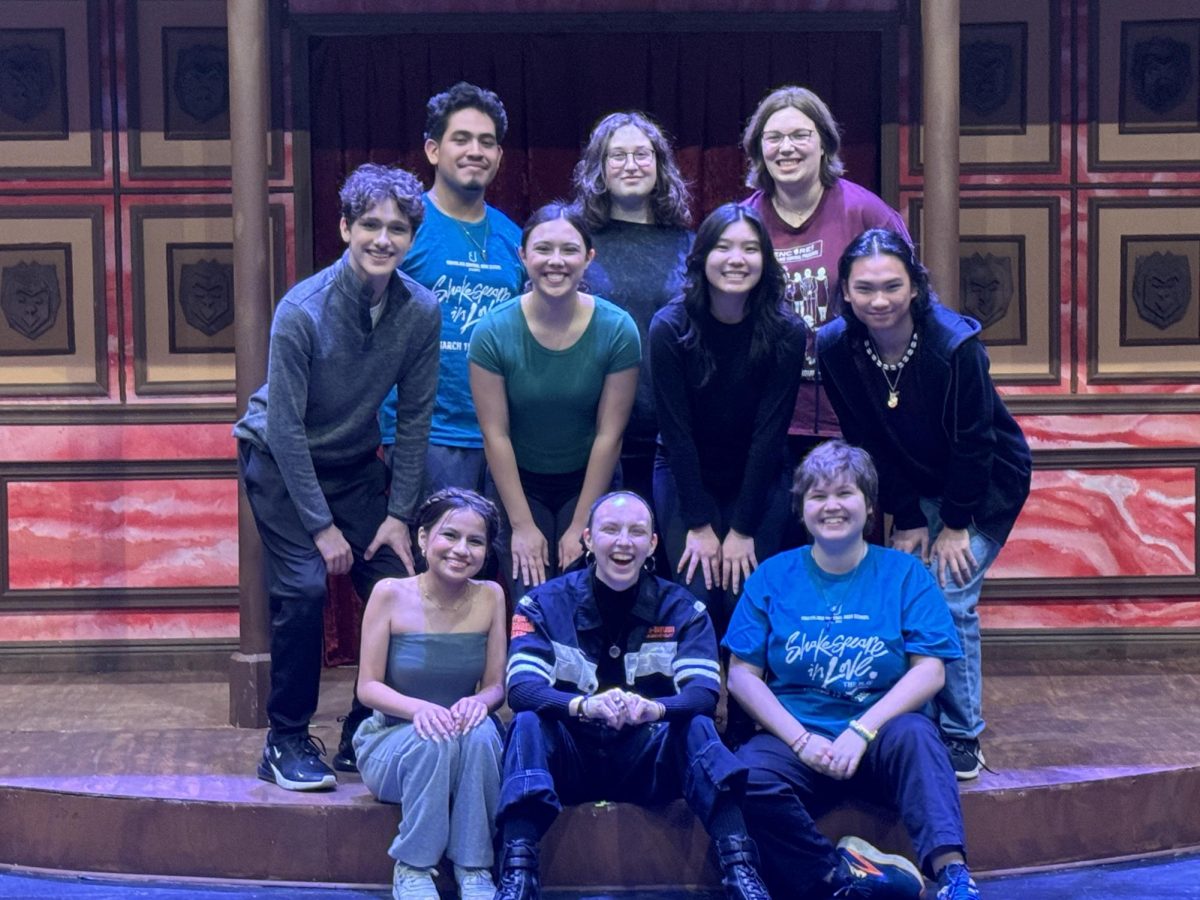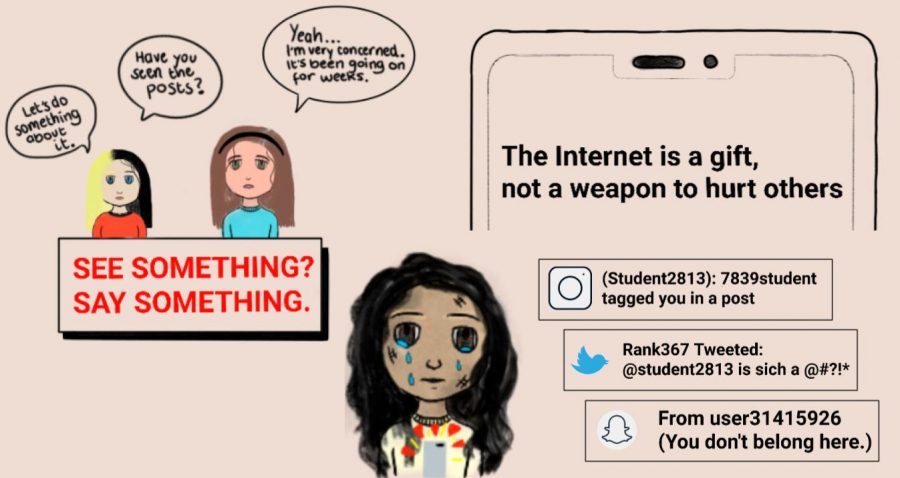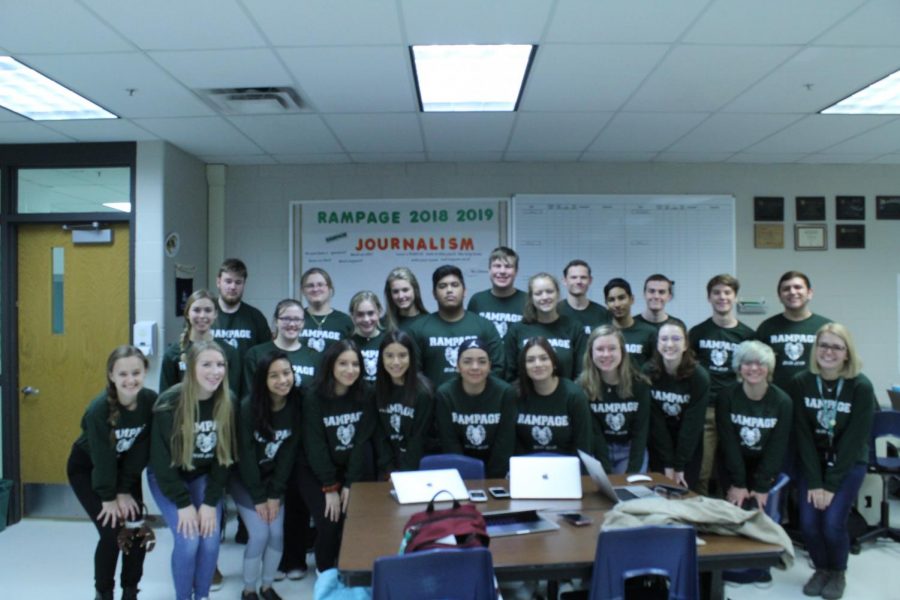Prey: Is It Victim to Indigenous Stereotypes?
An in-depth analysis of the Native American representation in the newest Predator movie.
November 10, 2022
Since its first release in 1987, the Predator franchise has tried to regain its success through sequels, reboots, and crossovers. Unfortunately, none of the films have come close to the original. Its last movie, The Predator (2018), was poorly received and barely made back its $88 million budget. Thankfully, the tide seems to be turning for the horror movie series. On July 21, 2022, the franchise welcomed its newest addition, Prey. Directed by Dan Trachtenberg, Prey follows a young Comanche girl, Naru, who fights an alien creature– and gender norms –in order to become her tribe’s newest War Chief. The film sets the Comanche tribe of the Northern Great Plains in 1719, as they’re hunted by a mysterious threat. Lately, Prey has been mentioned in the ongoing conversation about Native American representation and how the film industry succeeds and fails in that regard.
Indigenous representation in film has a very complicated and complex history. One of the first movies to depict Native Americans in leading roles was ‘Kidnapping by Indians,’ by the Mitchell and Kenyon film company. This influential but problematic Western showed Indigenous people kidnapping a young white girl, who is eventually saved by cowboys. According to Mr. Barry, an English teacher at GCHS who teaches about representation through film, the cowboys and Indians trope dominated Indigenous representation for decades. He said, “Hollywood created that trope where you have… Indians as the bad guys, the ones who are kind of ‘savage’ or ‘uncivilized,’ kind of out of their minds with violence.” Prey subverts the harmful tropes of the Western genre by depicting Native Americans fighting a sci-fi monster instead of Cowboys. The Predator is portrayed as the violent one in this story, who Naru has to defend herself against in order to survive. Naru is characterized as strategic and calculated, not “savage” and “uncivilized” like previous Native American depictions have emphasized. At the same time, Prey is still playing with old tropes in an oversaturated genre of Native American film. Carina Dominguez, a member of the Pascua Yaqui tribe and writer for Indian Country Today, said, “Prey reminded me of a new age ‘cowboys and Indians movie; it’s so played out [and] I don’t understand why people are still heavily leaning on those old images.” She and many other Native Americans are striving for modern depictions of Indigenous people because movies are constantly putting them in historical settings. The hope is that even genre films like Prey can portray Native Americans in a contemporary light. “We are here today and modern; we are journalists, lawyers, doctors, musicians, artists, members of Congress! The list goes on!” Dominguez said.
Because Prey’s creators wanted to portray the Comanche Nation in the 1700s, they added an accurate dub. Initially, Trachtenberg had his heart set on the entire movie being spoken in Comanche, but his idea was sidelined by the Disney and Fox merger. In order to preserve some of its authenticity, Hulu released Prey with an option to watch it with the actors speaking in Comanche. To some Native American critics, this decision was highly appreciated. Johnnie Jae, the founder of A Tribe Called Geek, said, “there’s also a lot of humor and essential nuances that get lost in the English version.” Parts of the dialogue have very different implications depending on which audio you choose, which can change the viewing experience completely. There has been a push on social media to watch it with the dub because of this reason. Nonetheless, other Native American critics believe that the Comanche dub serves as a deflection to criticism of Prey’s representation. Dominguez said, “I felt like… they dubbed it in Comanche so people would talk about that rather than being media literate and critically analyzing what was displayed on screen.” The dub was publicized by the film’s creators and fans alike, which can suppress some of the valid criticisms Native Americans have been making.
Although the opinions on Prey’s Native American representation are fairly scattered, most critics can agree that its feminist aspects were refreshing. Every Predator movie before this one has been led by men, and most of them promote patriarchal standards. Some argue John McTiernan’s 1987 original is a critique of toxic masculinity, but it still fails to put women in the spotlight. According to Anya Stanley from Dread Central, Predator (1987) includes “a callous sexual attitude towards women [and] the belief that violence is ‘manly.’” By undermining these harmful ideals, Prey sets Naru as a role model, who may encourage women to be confident in themselves. Along with the Predator franchise, a large amount of media featuring Indigenous people are led by men, which contradicts the ways Native American tribes tend to function. They were and are generally matriarchal, meaning women are the heads of the tribes. It’s important that the media about Native Americans reflect their true ideals, instead of sticking to white patriarchal values.
Even when setting aside the issue of representation, many critics agree that Prey takes a unique approach to the somewhat redundant franchise. It places a popular sci-fi villain in the 18th century instead of following the overdone formula of its predecessors. Critics’ opinions on the film’s Native American representation may be divisive, but many hope that Prey inspires others to tell Indigenous stories in new ways. It’s crucial that Hollywood handles Native American representation with grace should they tell these stories. Adequate representation is an uphill battle, and there is still a long way to go for Native American depictions. Dominguez said, “We have so much more work to do when it comes to Native representation in the media and increasing media literacy among our Native people, particularly the youth who suffer the most detrimental effect from these negative portrayals.”

